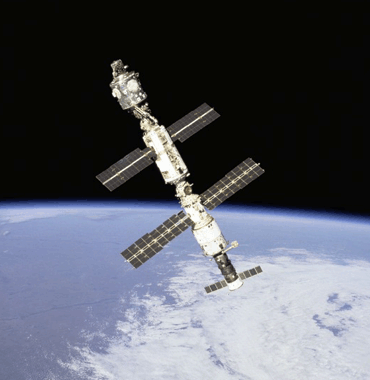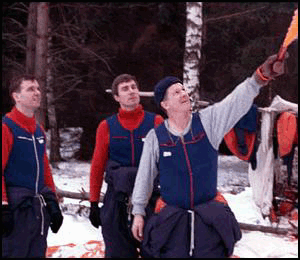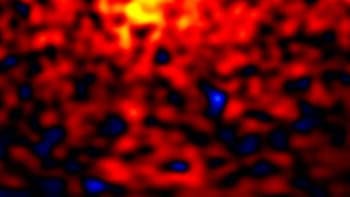The first residents of the International Space Station are on their way to their new home today. The three astronauts - two Russians and an American - began their two-day journey this morning. The crew will spend four months setting up and testing life-support systems and computer equipment in preparation for future missions and experiments.

Space station commander Bill Shepherd (US), Soyuz commander Yuri Gidzenko and flight engineer Sergei Krikalev have trained for four years in both Russia and the US in preparation for the expedition, which represents the first permanent human occupation of the space station. The crew is expecting a number of visitors over the next few months. A mission at the end of November will deliver and install solar panels and power systems. In January 2001 the space shuttle is due to carry the ‘Destiny’ US laboratory module to the space station. Destiny will allow the astronauts to probe the structure of various materials under microgravity conditions to establish some of the fundamental properties of matter. Shepherd, Gidzenko and Krikalev will fly home in mid-February on the STS-102 mission, on which a replacement crew will arrive.
The Soyuz rocket took off at 8.53 central European time (CET) from the Baikonur cosmodrome in Kazakhstan. The astronauts are expected to dock at the Zvezda module of the station at 10.20 CET on 2 November. Zvezda houses the living quarters and control centre. The second module – Zarya – provides power and propulsion and the third section, known as Node 1, serves as a connector for future extensions to the station.
Until the space station is fully functional, the program of scientific experiments will be limited mainly to biological and physiological investigations of the effects of life in space on the astronauts’ own bodies. But the crew also plans some preliminary experiments of crystal growth in weightless conditions and observations of Earth for meteorological and geological studies.




